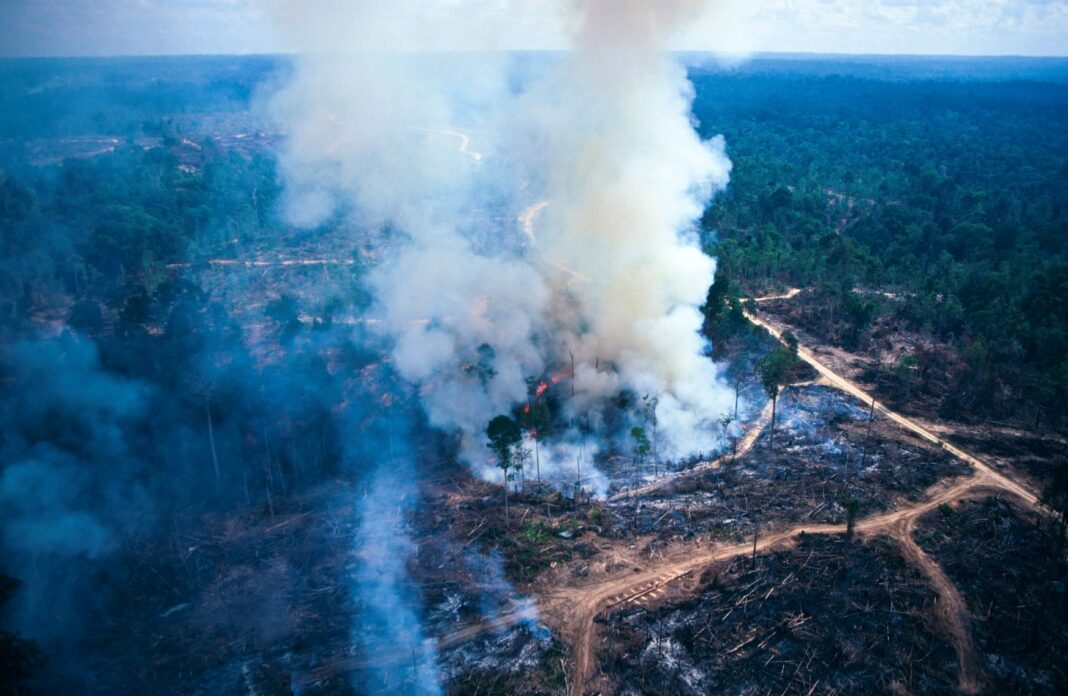As fires rage across NSW and Queensland, so too does the debate around the effects of climate change on the bushfire crisis, and Australia’s weather patterns more broadly.
The Climate Council CEO, Amanda McKenzie, said in October “climate change is causing havoc” in Australia, with the summer outlook showing “more extreme heat and fire conditions for the months ahead”.
Referencing the Bureau of Meteorology’s (BOM) Severe Weather Season Outlook, which showed Australia has an increased risk of heatwaves and bushfires in the coming months, Ms McKenzie said climate change was seeing the Australian summer “morphing into a season of anxiety”.
BOM’s head of long-range forecasts, Dr Andrew Watkins, said at the time the likelihood of seeing more bushfire activity than normal was increased, with the outlook showing we’re likely to see warmer and drier than average conditions for the coming months.
“The increased odds of warmer than average days, coupled with a very dry landscape and a likely late start to the northern wet season, give a clear indication that we’re likely to see more heatwaves than normal,” he said.
“It also adds to the potential bushfire risk, particularly when you consider how dry many parts of southern and eastern Australia are at the moment.”
Dr Watkins also said the outlook shows Australia has a lower risk of widespread flooding and a near-normal chance of severe thunderstorms.
Going back to earlier in the year, the Australian National University hosted a Climate Update for 2019, where Climate Change Institute director, Mark Howden, said “climate and atmospheric changes are accelerating, leading to more and more unprecedented climate-related events” such as heatwaves, fires, floods and biodiversity losses.
“2018 saw increasing evidence that the window to act to constrain these trends is closing and that the response rate of both emission-reduction and climate adaptation risks is lagging well behind the rates of change.”
Locally, ACT Emergency Services Minister, Mick Gentlemen, announced in September the 2019/20 bushfire season would commence on 1 October and run until 31 March, as per usual, unless conditions warranted an extension. However, the 2018/19 season was extended until the end of April this year resulting in an eight-month long season, the longest on record in the ACT.
In announcing the start of the season, Minister Gentlemen said “bushfire seasons are expected to become longer and more dangerous into the future as the effects of climate change are felt across Australia”.
“This bushfire season comes after the ACT experienced its driest winter since 1982. Following less than average rain fall for two years, the Territory is faced with hotter and drier conditions as we head into summer.”
Mr Gentlemen urged Canberrans to prepare, and said those living in bushfire prone areas should download and complete a Bushfire Survival Plan and discuss with their families what they will do in the event of a bushfire.
“Canberrans should also make sure they understand Fire Danger Rating levels to help make decisions when travelling around the ACT. The Emergency Services Agency (ESA) updates ratings daily, which are displayed on electronic signs on all major arterial roads across the ACT, as well as on the ESA website.”
For information on Bushfire Prone Areas, danger levels and warnings, visit www.esa.act.gov.au
For more stories:



